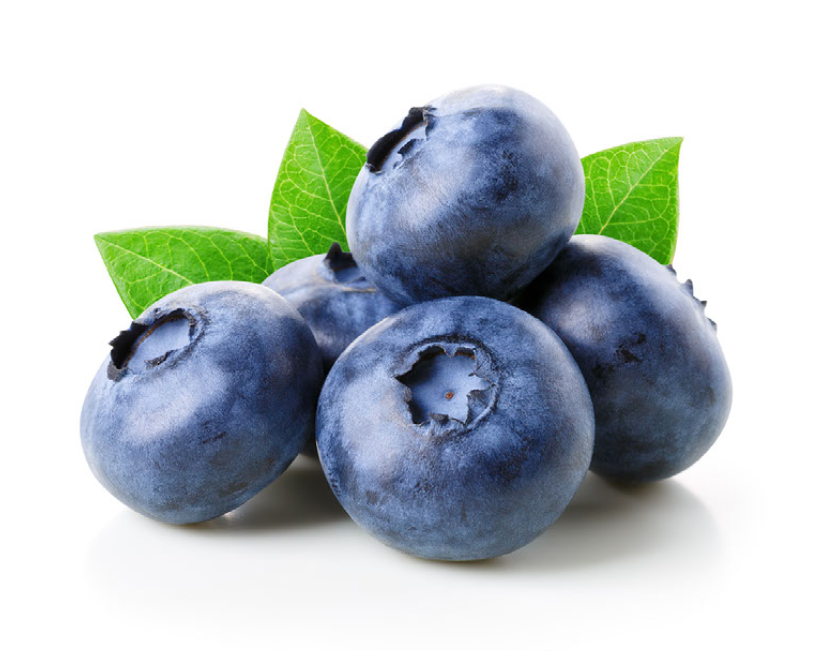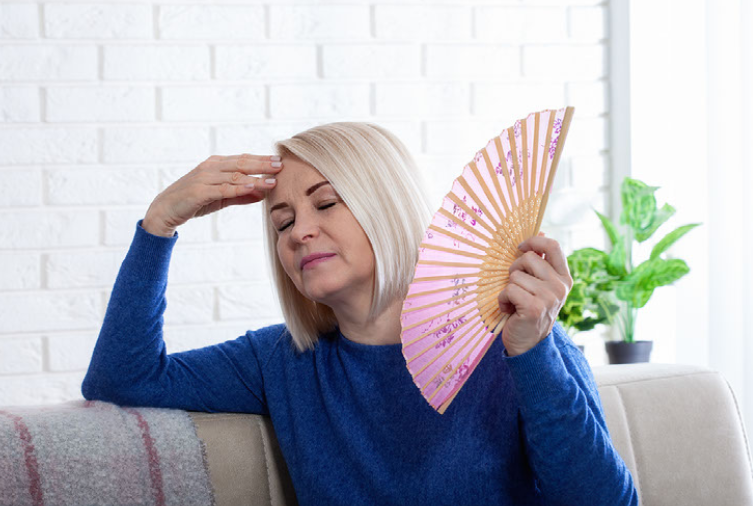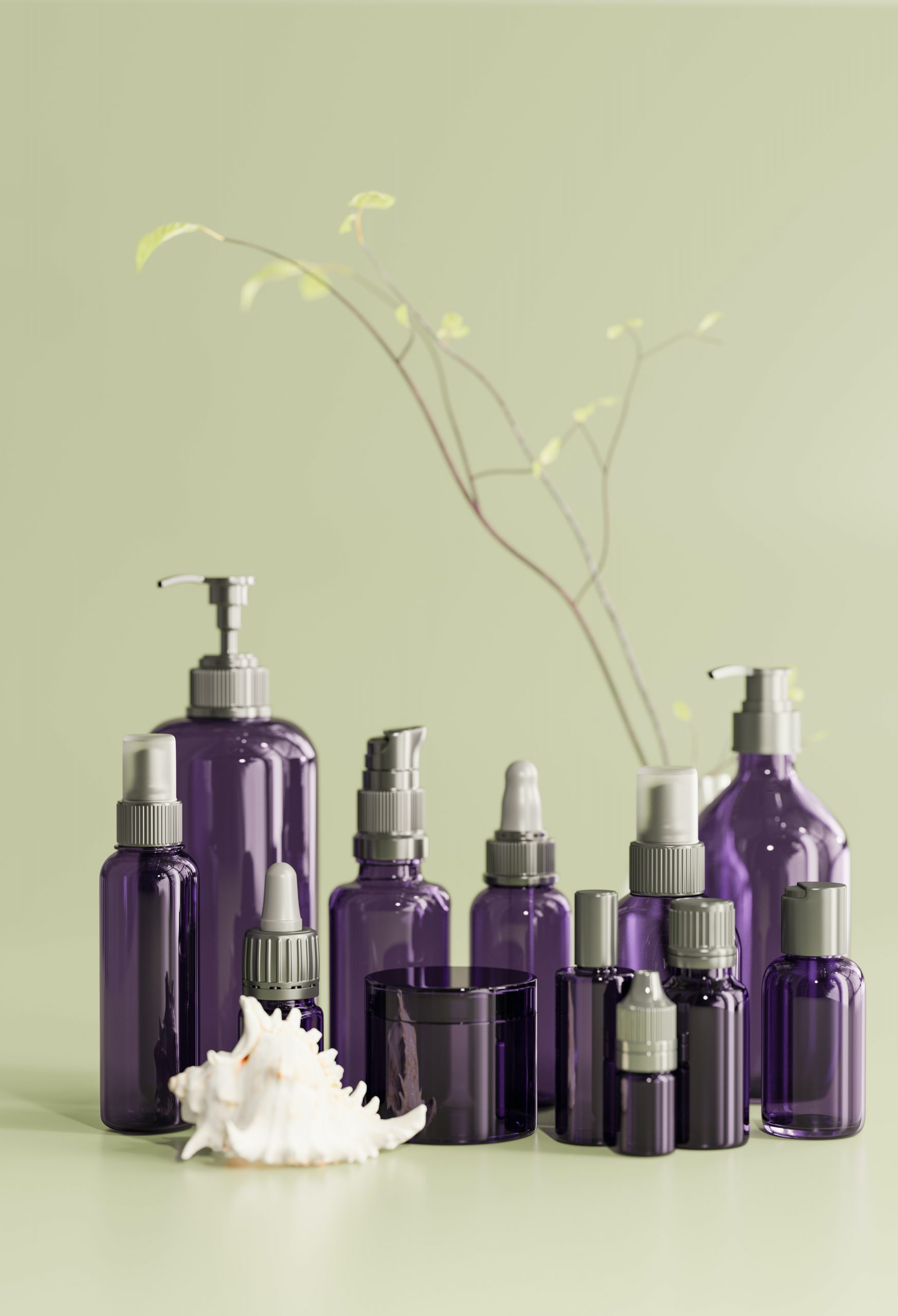Every day, we’re exposed to toxins in our air, water and food—and even toxins created by our own bodies. These toxins get trapped in our bodies and in the fluids around our joints and muscles, causing aches and pains which lead to inflammation and if severe enough, leads to degenerative disease.
Have you ever walked down the cleaning aisle at the supermarket? What was your experience? I hate it! In fact, I completely avoid that aisle. If I need something, I hold my breath, quickly get what I need and beat a hasty retreat from that toxic soup.
The soaps, bleaches, softeners and fragrances in the cleaning aisle are all in sealed containers. Yet, they still give off an overwhelming, nauseating stench that may make a person sick for hours. What happens when we bring those containers home? They continue to give off toxins. Only now, the containers are open and the process happens 24 hours a day, seven days a week.
Our toxic environment
In North America we are inundated with toxins every moment of every day. Pollution in our air, water and food challenges our ability to detoxify and adapt. Worse still, the place we think of as a haven from stress – our home – is likely the most toxic environment we face in our daily routines. Toxins released from household chemicals, fabric, carpet, fragrances and pesticides seep into our body in tiny amounts even as we sleep.
Toxic waste, like barnacles on the hull of a ship, drags us down. It slows the efficiency of our mitochondria (the energy-producing engines inside our cells). Noxious chemicals create fatigue, headaches, digestive disturbances and moodiness. Eventually, toxins become the focus for inflammation.
It can lead to tragic consequences
While “environmental toxins” is a common phrase, what do we mean by this? It’s more than polluted air or water (though both are harmful). It can be as subtle as paint on the office wall (it emits chemicals that have been linked to cancer). And it can be as scary as pesticides used around young children in school (their developing bodies are especially vulnerable to harm).
Sadly, environmental toxins are SO common that the U.S. government offers an introduction to “toxic chemicals and environmental health risks you might encounter in everyday life, in everyday places.” It’s called “ToxNet,” (https://www.nlm.nih.gov/toxnet/index.html), a service of the National Library of Medicine about the poisons that inhabit our lives.
Personal products = personal menace?
Those bottles and jars may contain health hazards
Did you shower and shampoo today with petrochemicals? Did you cleanse your face and style your hair with ingredients known to cause cancer and birth defects? Chances are that the answer is “yes,” whether you know it or not.
The reality is, many of the brand-name products we use contain ingredients known to cause harm. How can this be? Because the manufacturers are policing themselves. While the Food and Drug Administration (FDA) is the main U.S. agency involved in personal products, the FDA’s own website states clearly, “Cosmetic firms are responsible for substantiating the safety of their products and ingredients before marketing.”
“Cosmetics” covers a lot of ground
Everyone who bathes, washes their hair or brushes their teeth – including children – is affected by this issue, because “cosmetics” covers a lot of ground. To the FDA, cosmetics include toothpaste, shampoo, deodorants, moisturizers, perfumes, lipsticks, facial make-up and hair dyes.
Thanks to a growing consumer safety movement, it’s possible to identify safer products. The Environmental Working Group (ewg.org) runs an Internet-based directory that rates thousands of products at cosmeticsdatabase.com.
We apply an average of 126 unique ingredients to our skin every day, according to EWG. Here are some of the most common dangers:
Phthalates. Industrial chemicals used in shampoos and hairsprays. They disrupt the hormone system, and are classed as water and air pollutants.
Oxybenzone. Widely used in sunscreens (plus lip balms, lipsticks and moisturizers), this chemical has been linked to allergies, hormone disruption and cell damage.
Triclosan. This is a pesticide that disrupts hormones. It’s in liquid hand soap and toothpaste, as well as children’s toys.
Ethylene glycol/propylene glycol. Favorites in shampoo, sunscreen and moisturizer, plus motor vehicle antifreeze and airplane wing de-icer. They’ve been linked with skin irritation, birth defects and organ damage.
Parabens. Members of this chemical family are widely used as preservatives in thousands of cosmetics. They can disrupt the hormone system.
“Drinking” drugs by accident
Now, the growing use of prescription medicines (see previous page) is even contributing to accidental drug-taking. Trace amounts of pharmaceuticals lurk in the water supply of millions of Americans. Both prescription and over-the-counter drugs that are flushed or poured away can end up in groundwater and waste-water treatment plants.
Drugs in the drinking water have become such a problem that communities around the country stage “drug take-back” events to collect unused medicines for safe disposal. If your area doesn’t offer such collections, you can create your own. The U.S. Environmental Protection Agency (EPA) suggests that you take unused medicines out of their original containers, and mix with something that won’t appeal to children or animals (such as used coffee grounds or cat litter). Then put the mixture into a sealable container or bag and put in the trash. Be sure to cover up or destroy any personal information on empty container labels and throw away.
Clearly, there are poisons almost everywhere. From home to office to school, environmental toxins are part of modern life, and they can contribute to (if not cause) health issues like allergies, disease and even death. We may not be able to eliminate them, but we can offset their effects with healthy living, and quality nutritional supplements. While it’s impractical to avoid contact with all toxins, we can choose products that are safer.
Inflammation
Your body uses acute inflammation to try to neutralize toxicity. Think of your reaction to a bee sting: redness, swelling, heat and pain. This is not caused by the toxins in the bee venom. It is the reaction of your body as it tries to eliminate the toxicity:
- Redness is the increase in blood supply to bring in immune system antibodies and remove the neutralized venom.
- Swelling is the lymphatic fluid that dilutes the concentrated poison while providing proteins for repair of the tissue damaged by the toxins.
- Heat comes from immune system activity as it battles the invading contaminant.
- Pain causes us to guard that area from further damage.
Chronic inflammation occurs when the toxins are not completely removed from an area. A good example of this may be found in simple lawn chemicals, like fertilizers and pesticides. Certain fertilizers are potassium-based. Potassium is important for human health. When we are exposed to these fertilizers, our cells may accept the potassium along with the toxic “attachments.” Your immune system will constantly attack these contaminated cells until it destroys them. Clusters of diseases like Parkinson’s disease and multiple sclerosis have been linked to these fertilizers.
Home sweet home – isolate and insulate
Neutralizing toxins in the body begins with isolating ourselves from chemical exposure. We must be diligent if we are to protect our family from toxic overload. Chemicals should be stored out of the living area in a place that is well-ventilated. This is especially true if there are children in the home, as developing brains are up to 10 times more likely to suffer damage from toxins than an adult nervous system.
Insulating ourselves against toxic exposure is equally important. Two nutrient classes shine when it comes to protection from pollution:
- Essential fatty acids – Many of the toxins we face are fat-soluble. We need “clean” fats in abundance to displace toxic fats in our brain, liver and other regions of our body.
- Antioxidants – Antioxidants neutralize toxins and Betalain antioxidants found in Nopal figs have two added benefits over standard antioxidants:
- Betalains drain away the toxin from an affected area
- Betalains shore up the cell membrane to help promote healing
Betalains turn out to be our best tool in combating the causes of inflammation: toxins, stress, injury and nutrient deficiency. Use this excellent tool liberally to help you resist the increasing onslaught of toxins both inside and outside of your home sweet home.














